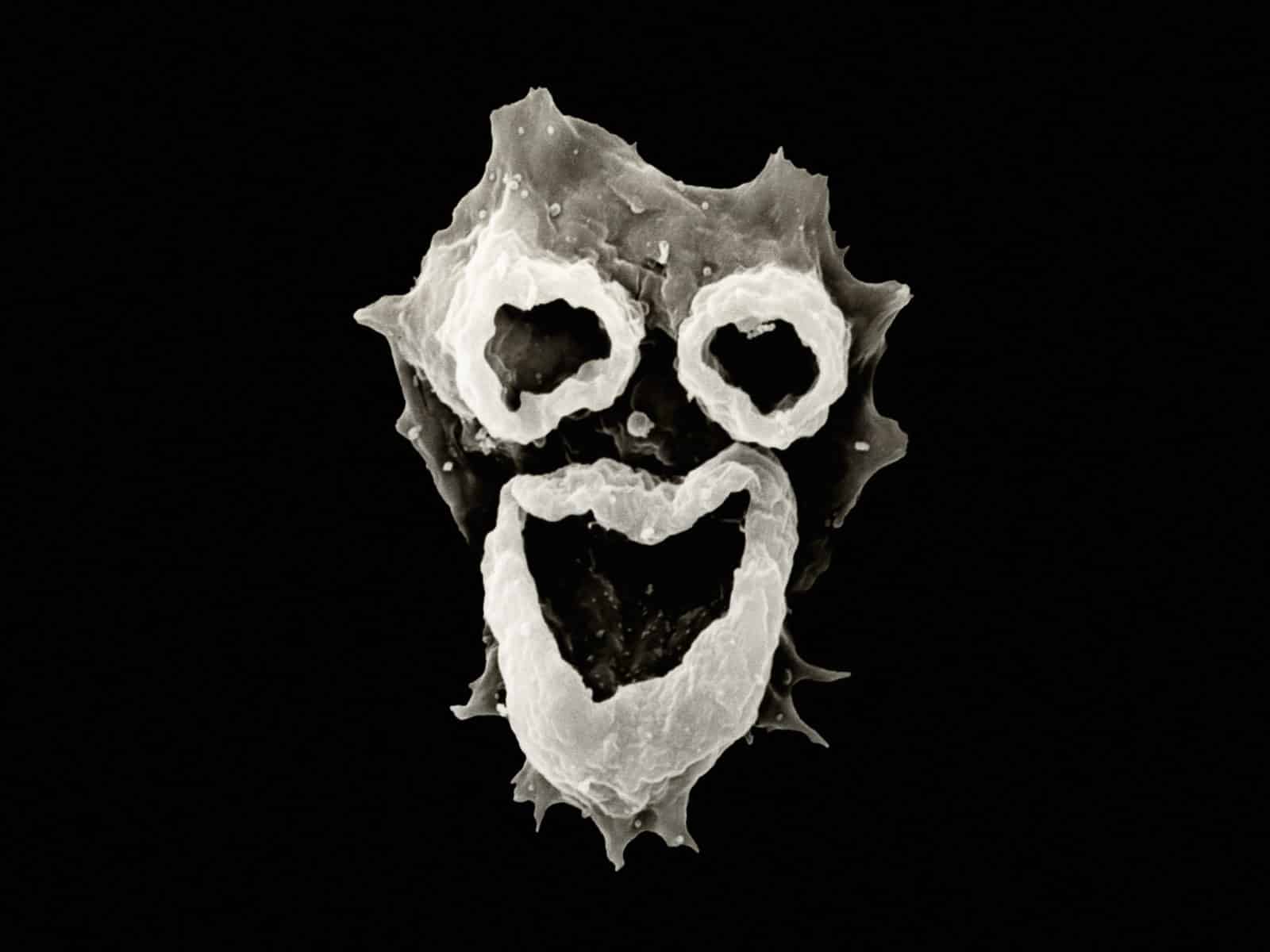Naegleria fowleri, also known as the ‘brain-eating amoebae’, shows no signs of going away. It caused its first death in Sindh in April 2017. Now, the brain-eating amoeba has claimed its 4th victim this year, with the most recent death occurring in Karachi.
According to reports, the most recent victim to the brain-eating amoeba happened to be a middle-aged woman. She died after being admitted for 24 hours in Patel Hospital, Gulshan-e-Iqbal.
The Statistics
This deadly disease is the reason for 47 deaths across Sindh since 2011. A study done by the researchers from the University of Dammam and the University of Karachi revealed that 110 people in Sindh died between the years 2008 and 2011 due to a disease caused by the Naegleria fowleri.
Reportedly, about 22 people fell victim to the brain eating amoeba in 2012, the study further revealed. The majority of deaths occurred between the years 2008 and 2015, with Karachi having the highest number of victims. The month July, with its mean temperature lying between 35 degrees and 39 degrees, resulted in the most deaths.
The Attack
Pakistani specialists based in Saudi Arabia claimed that most deaths were caused in the age group of 26-45 and that no patient diagnosed with the disease survived. According to previous reports, men fell victim to this dangerous organism mostly, though recent reports include a rise in female victims as well.
The organism attacks its prey three to seven days after the person has been exposed to it. The person attacked suffers symptoms of headaches, nausea and mild fever which may be accompanied by a sore throat and rhinitis.
Who’s responsible?
A study done by the foreign experts revealed that the municipality water supply had a chlorination level below that recommended by the World Health Organisation (WHO).
According to data of the city collected in 2012, it was found that water chlorination level was below 0.5 parts per million (ppm), the minimum recommended level. Another 2094 samples collected in 2014 showed no improvement, followed by the results of 2017, with the water chlorination level still below 0.5 ppm.
What needs to be done?
As explained by the experts, the microorganisms go into hibernation when the temperature conditions do not favor them and reactivate again at a temperature above 36 degrees.
Ahsan Siddiqui, a leading water technologist, pointed out that the deteriorating conditions of Karachi’s water lines hinder the chlorinated water from reaching the residents. He said that the people need to clean their underground and overhead tanks on a regular basis along with the use of liquid bleach as a regular practice.
Another precaution that can be taken is to use boiled water when putting water in the nose to prevent the organism from entering through the nose and attack the brain.
False Claim
The authorities’ claim that they have taken action to combat the deadly amoeba has so far borne no fruit. Even the pamphlets that they were supposed to publish for fostering public awareness were nowhere to be seen.
The death toll has continued to rise and the government needs to take strict action in order to improve the water supply conditions.


























How can check amoeba in house for Common People :: & How we can add chlorine in water without any scientific education ???? will you please add some articles about checking water virus at home & add chlorine in water at home easily. ???
We also have brain eating amoeba at Propaksitani. Hope everyone knows him well.
yep everyone knows him
You cannot get infected from drinking water contaminated with Naegleria. You can only be infected when contaminated water goes up into your nose.
Most often case: Swimming in pools/lakes/rivers/canals which have this bacteria.